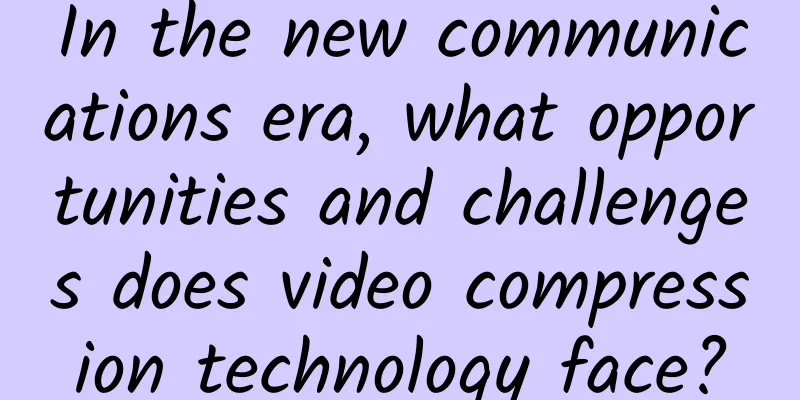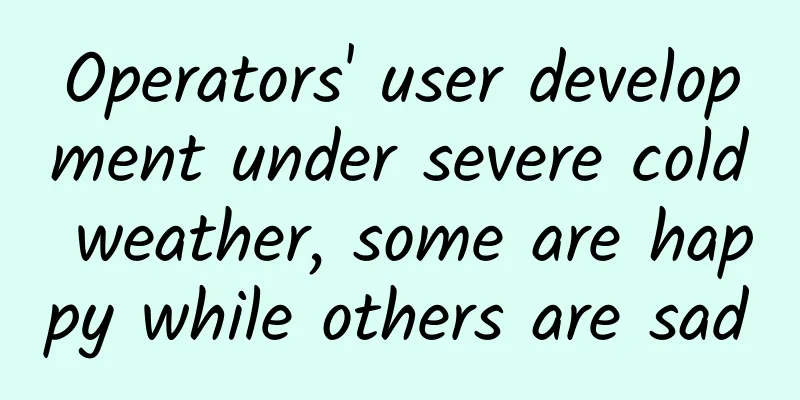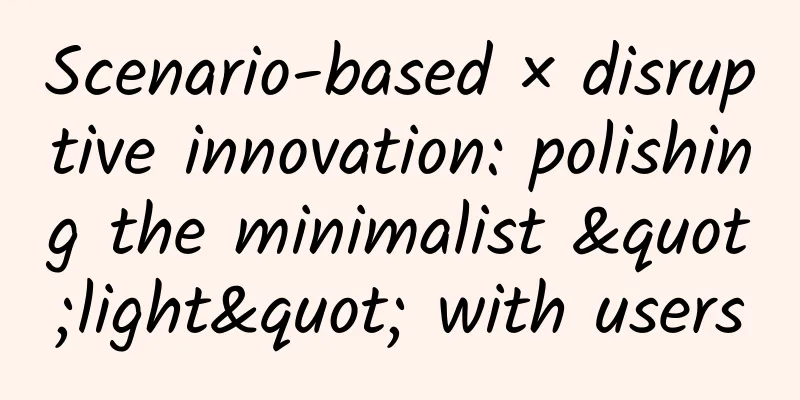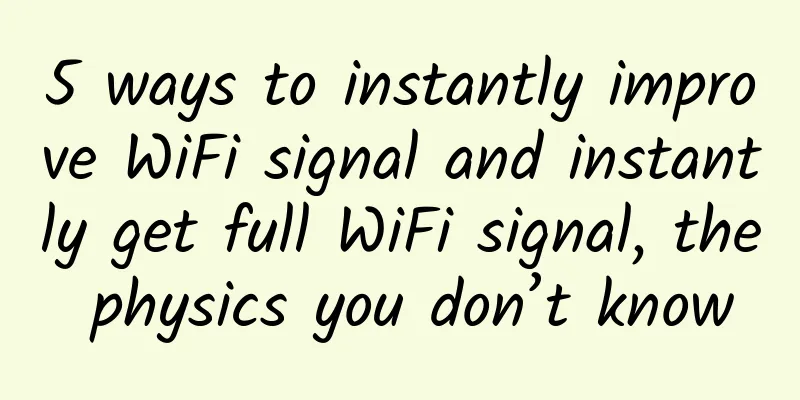In the new communications era, what opportunities and challenges does video compression technology face?

|
With the development of communication technology, the number of Internet and mobile Internet users has been growing steadily. As an important component of network applications, the proportion of video applications has gradually increased. As of December 2016, the scale of online video users in China reached 545 million, an increase of 40.64 million from the end of 2015, with a growth rate of 8.1%. Among them, the scale of mobile video users is close to 500 million, an increase of 94.79 million from the end of 2015, with a growth rate of 23.4%. Video compression technology ushers in important development opportunities l User needs are diverse. With the development of live broadcasting for all and the formation of short video viewing habits on mobile phones, the scale of online video and mobile online video users has increased significantly. The application of popular technologies such as VR and AR in the video field has also brought new experiences. With the improvement and innovation of future technologies, it will surely promote the transformation of more video applications.
Among them, in terms of hardware, Socionext launched the world's first chip sample MB86M31 that supports real-time 4K/60P HEVC encoding; MediaTek released the world's first H.265/HEVC codec LS for smartphones; Realtek launched the world's first DivX® HEVC certified chip to promote 4K streaming on UHD TVs. In terms of codecs, Thomson Video Networks launched the real-time HEVC 10-bit encoder ViBE4K for UHD broadcasting; VITEC's portable HEVC-IP decoder MGW D265; BBright's UHD HEVC live encoder; SK Telecom and Pixtree jointly developed a real-time HD hardware HEVC encoder, etc. In terms of products, multimedia products are currently expanding support for HEVC, such as NVIDIA GeForce GTX 960 graphics cards; NEXCOM's latest security monitoring products and cameras; Infomir's new set-top boxes MAG257 and MAG350, etc. Spectrum and patent rights challenges cannot be ignored With the continuous implementation of "speeding up and reducing fees", short videos have led to a significant increase in the scale of mobile network video users. On mainstream apps such as WeChat and Weibo, users' behavior of watching short videos has become more common. Although network transmission speeds continue to increase, there is still a gap between theoretical bandwidth and actual experience bandwidth; people's needs continue to increase, and the number of users is also growing steadily. People's pursuit of video application experience requires video compression technology with better compression performance to meet it. For example, the application of technologies such as VR and AR in the video field has brought a new video experience. At the same time, the application of this 360-degree panoramic video also requires the support of superior video compression technology. On the one hand, investors and operators want to reduce costs and carry more services, and end users also hope to reduce usage fees; on the other hand, spectrum resources are non-renewable; this requires the development of multimedia technology and the improvement of the compression performance of video compression technology, thereby increasing the economic value created by the channel unit spectrum. In addition to the challenge of spectrum scarcity, communication and video compression technologies also face the challenge of patent rights. Before the full promotion of HEVC, the battle for HEVC patent rights has quietly begun. In addition to MPEG LA, which owns the patent rights of HEVC, HEVC Advance announced the establishment of a new HEVC patent pool in March 2015. The preliminary list of its licensees includes GE, Technicolor, Dolby, Philips and Mitsubishi Electric. Technicolor withdrew from HEVC Advance in 2016 and directly licensed its HEVC intellectual property portfolio to equipment manufacturers. The instability of patent collection groups has led to disputes over patent ownership, and the huge patent fees have also affected the development of video compression technology. HEVC Advance launched a patent fee charging standard in July 2015, but later revised the fee standard in December 2015 due to excessive fees. Due to the opacity of HEVC patent licensing policies and complex patent ownership issues, many companies are afraid to widely adopt HEVC, a new video compression standard. These problems also need to be solved by the industry. |
<<: Will the countdown to 3G shutdown trigger a wave of phone replacement across all networks?
>>: 2017Q1 China Wireless Router Market Research Report
Recommend
What is Software Development Cloud?
Software Development Cloud Software Development C...
European countries are intensively carrying out 5G spectrum auctions: Why the cost differences are so different
Compared to Italy, Austria's 5G sales look li...
Master the knowledge of optical modules in one article and become a necessary skill for network engineers
In this era of information explosion, data transm...
What kind of network slicing does 5G require?
Everyone should be familiar with network slicing....
Juniper CEO: The strategy driving Juniper's general direction is cloud
Juniper announced its first quarter 2017 revenue ...
Experts talk about 5G development: If 5G wants to explode, the industry chain still needs to work hard
At present, 5G has become an important engine for...
Mobile performance optimization series - startup speed
Mobile performance has a crucial impact on user e...
Linveo: $15/year-AMD Ryzen/1GB/25G NVMe/2TB/Ottoville
This is the first time that Linveo has appeared o...
Intent-driven networking is reshaping network service delivery
When configuring a network, engineers typically f...
What should we pay attention to during the wiring construction of weak current systems?
Wiring construction of horizontal subsystem The h...
The role of 5G in education: enabling distance learning and virtual labs
In an era of rapid technological change, 5G is mo...
CrownCloud: $5/month KVM-2GB/30GB/2TB/Los Angeles & Germany & Netherlands & Atlanta
The tribe has shared news about CrownCloud many t...
What is the difference between a wireless access point and a wireless router?
[[183847]] There is a distinct difference between...
In the 5G era, what sparks will cloud computing and 5G create?
With the eager anticipation of the whole nation, ...
Wenku: 5G terminal connections have exceeded 200 million
On December 24, 2020, at a press conference held ...









